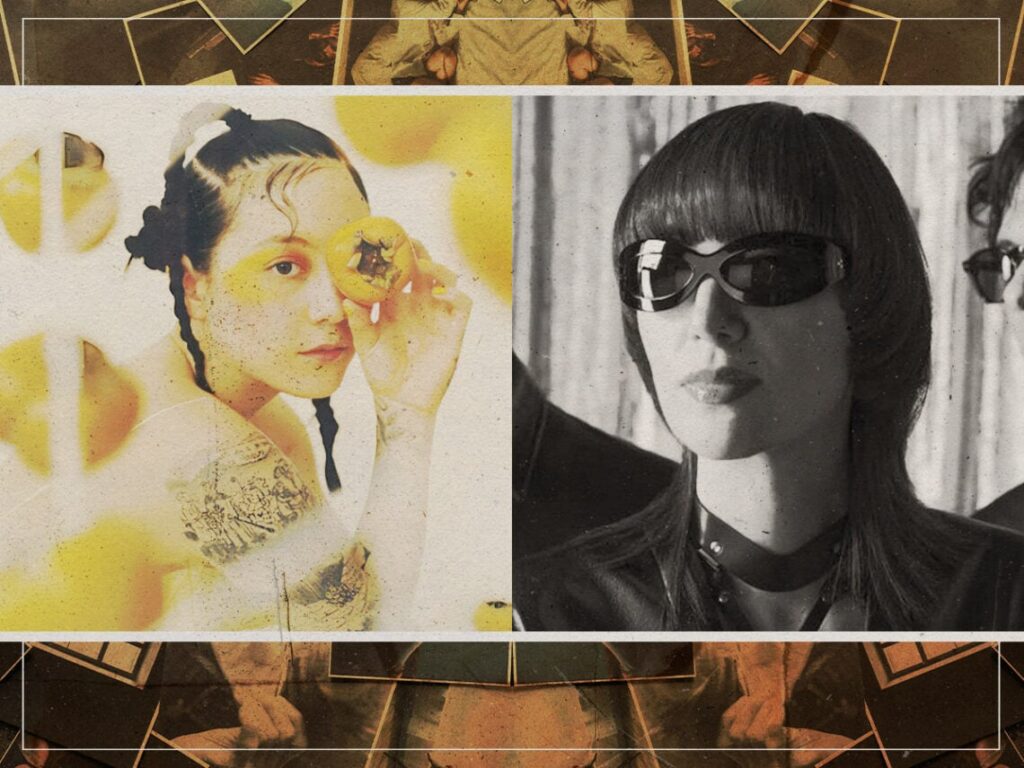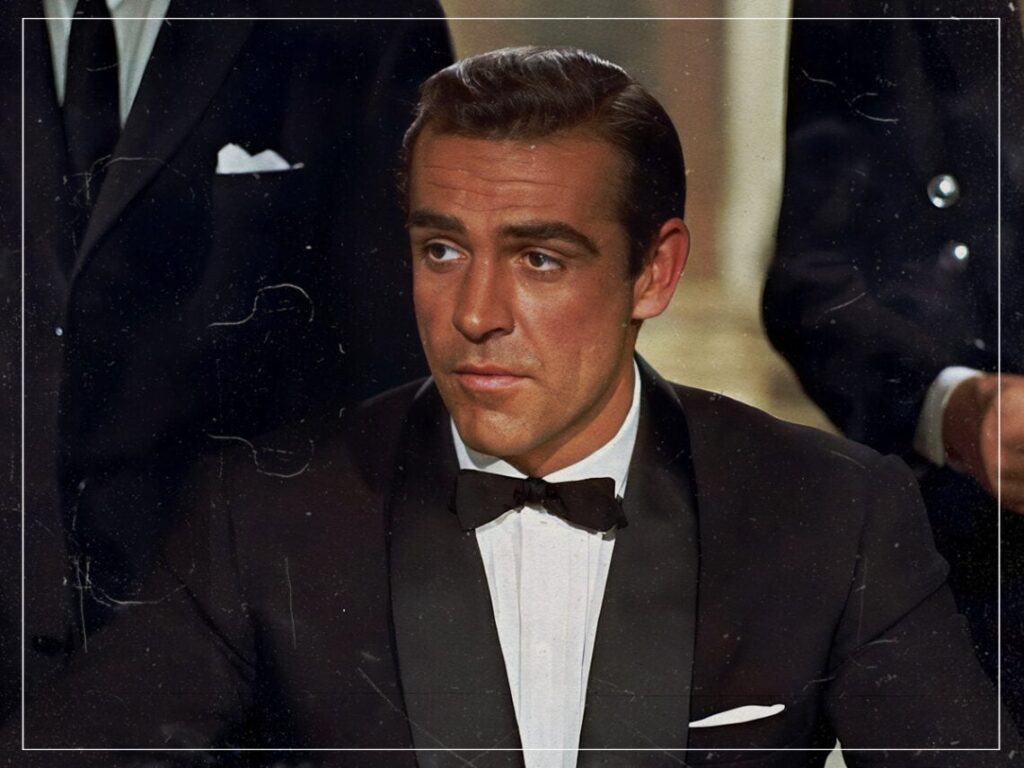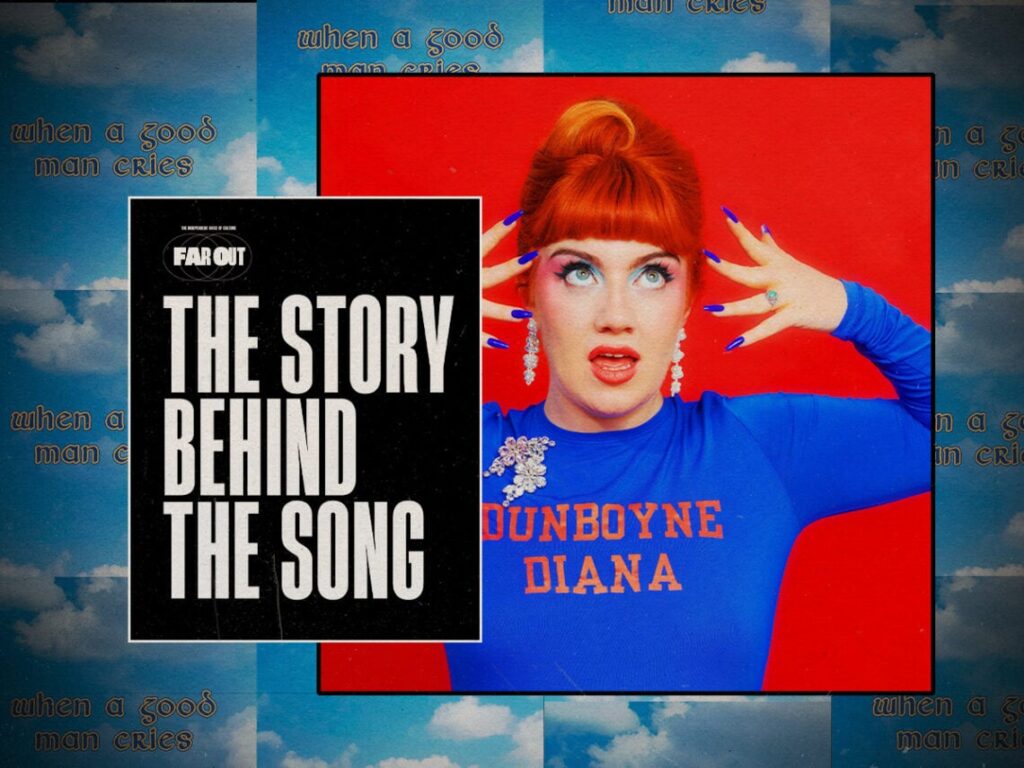“How do I get to do that”: How the Yeah Yeah Yeah inspired Japanese Breakfast
 Posted On
Posted On
(Credits: Far Out / Yeah Yeah Yeahs / Japanese Breakfast)
Like many music genres and subcultures, the 2000s indie scene was largely a boys club. In the United Kingdom, bands like Arctic Monkeys and the Kaiser Chiefs rose to acclaim with laddy tales of fluorescent adolescence, while the States saw the rise of their own indie icons in New York with The Strokes and Interpol. Somewhere in between, Karen O and the Yeah Yeah Yeahs carved out a space for something new.
Led by Karen O, the Yeah Yeah Yeahs first spawned out of the Big Apple in the 1990s. By the early 2000s, they were ready to unveil their studio album, Fever To Tell, a chaotic mix of punk energy, screeching vocals and indie sleaze. The record immediately cemented the Yeah Yeah Yeahs as one of the most exciting names in the scene, as did Karen O’s on-stage presence.
The emergence of the Yeah Yeah Yeahs was particularly exciting for budding musicians who didn’t fit into that white male identity and who finally saw themselves reflected in the burgeoning indie scene. One fan impacted by Karen O’s ability to work a crowd was Michelle Zauner, also known as Japanese Breakfast, who was inspired to embark upon her own career in music.
Zauner was in her early teens when Fever To Tell first hit record stores. She had yet to dream up the concept of Japanese Breakfast or take her first steps into the music industry, but the experience of seeing Karen O perform would inspire her decision to do so. “It was the first time I saw a half Korean woman in a band,” Zauner once divulged during an interview with Tidal.
The future Japanese Breakfast leader described Fever To Tell as “seminal” and noted that she was particularly enamoured with the way Karen O acted on-stage in a way that was unapologetically lively and rowdy. The frontwoman gave her all to her performances, going as far as rolling around on broken glass, as she once recalled to The Guardian. Her approach was chaotic and completely unrestrained, which stunned Zauner.
“I just remember watching live performance videos online of Karen deep-throating her microphone and spitting water everywhere and just thinking, ‘How do I get to do that?’” the singer remembered, “It was just literally everything that I was told not to do growing up as an Asian American girl.”
Though her own live presence is a little more restrained, more shimmery than sleazy, Zauner acknowledged that the release of Fever to Tell showed her that there was a place for her in music. Emboldened by the early influence of Karen O, she would embark on her own music career just over a decade later. This is just one example of how pivotal representation can be within the arts – without Karen O, Zauner may never have felt confident enough to venture into music.
As a result of Karen O’s captivating live performance and her masterful work on Fever To Tell, we now have another Korean indie-pop icon in Zauner. She has also pulled her identity into her work, penning an ode to her mother and to Korean supermarkets in Crying in H Mart. In turn, she will inspire other budding young Asian women to try their own hand at music or at writing.
Related Topics


